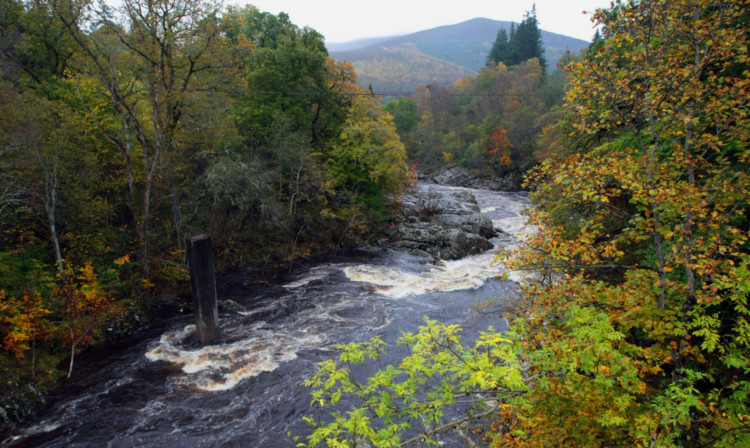One of Scotland’s finest angling river systems could receive a financial boost if water is returned to one of its tributaries, fishery bosses say.
Parts of the Garry, a tributary of the Tay, are currently dry due to SSE hydroelectric schemes along its length. The water is presently diverted directly into the Tummel, another tributary, bypassing a total of 20km of the Garry.
The Tay District Salmon Fisheries Board (TDSFB) want the water reinstated to create new spawning zones which would improve fishing in the Tay system, resulting in major economic benefits to Perthshire.
The board wants to see the river flowing by 2015 but Sepa is yet to make a decision on how much water is to be allowed into the system. The Scottish Government has given the body until the end of the month to provide a figure.
River levels are unlikely to be dramatically affected as SSE will continue to abstract some water and it’s expected they will release less back into the Tummel to compensate for the flow along the Garry.
Dr David Summers, fisheries director at the TDSFB, said allowing fish back into headwaters of the Garry could add hundreds fish to the annual run at Pitlochry, improving angling and attracting more sports fishermen.
He said: “It will take some years before it happens but it could put another couple of thousand fish through the Pitlochry counter. I haven’t tried to quantify it (in monetary terms) but it could maybe bring hundreds of thousands of pounds a year.
“If all the bits that could be restored are restored then it could add 500,000 square metres to the spawning area.
“The fishing on the lower Garry could become an awful lot better, become really good actually. The Tummel would also improve and that would have a beneficial impact on the Tay.
“Anglers would catch more fish so it would attract more people to go fishing. More people means more money.”
Dr Summers added that the biodiversity of the river system would be improved as it would help attract creatures such as otters.
An SSE spokesman said: “We have worked closely with Sepa and other key stakeholders throughout the process and look forward to hearing Sepa’s decision.”
Sepa say a decision has yet to be made on the water flow volume.
